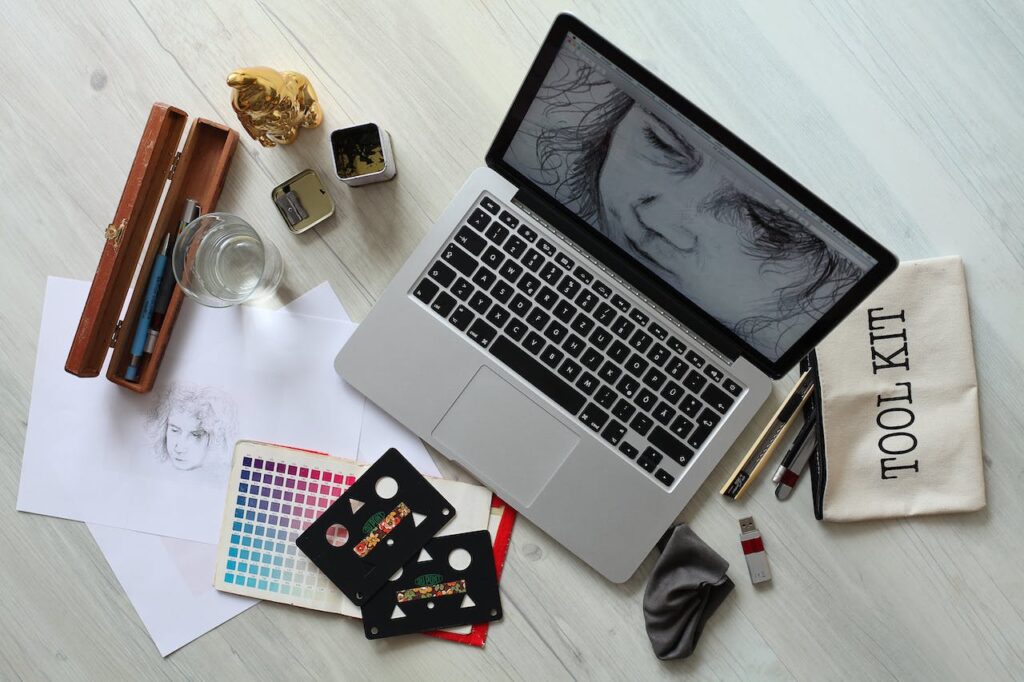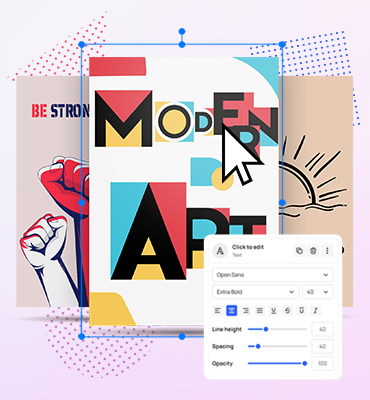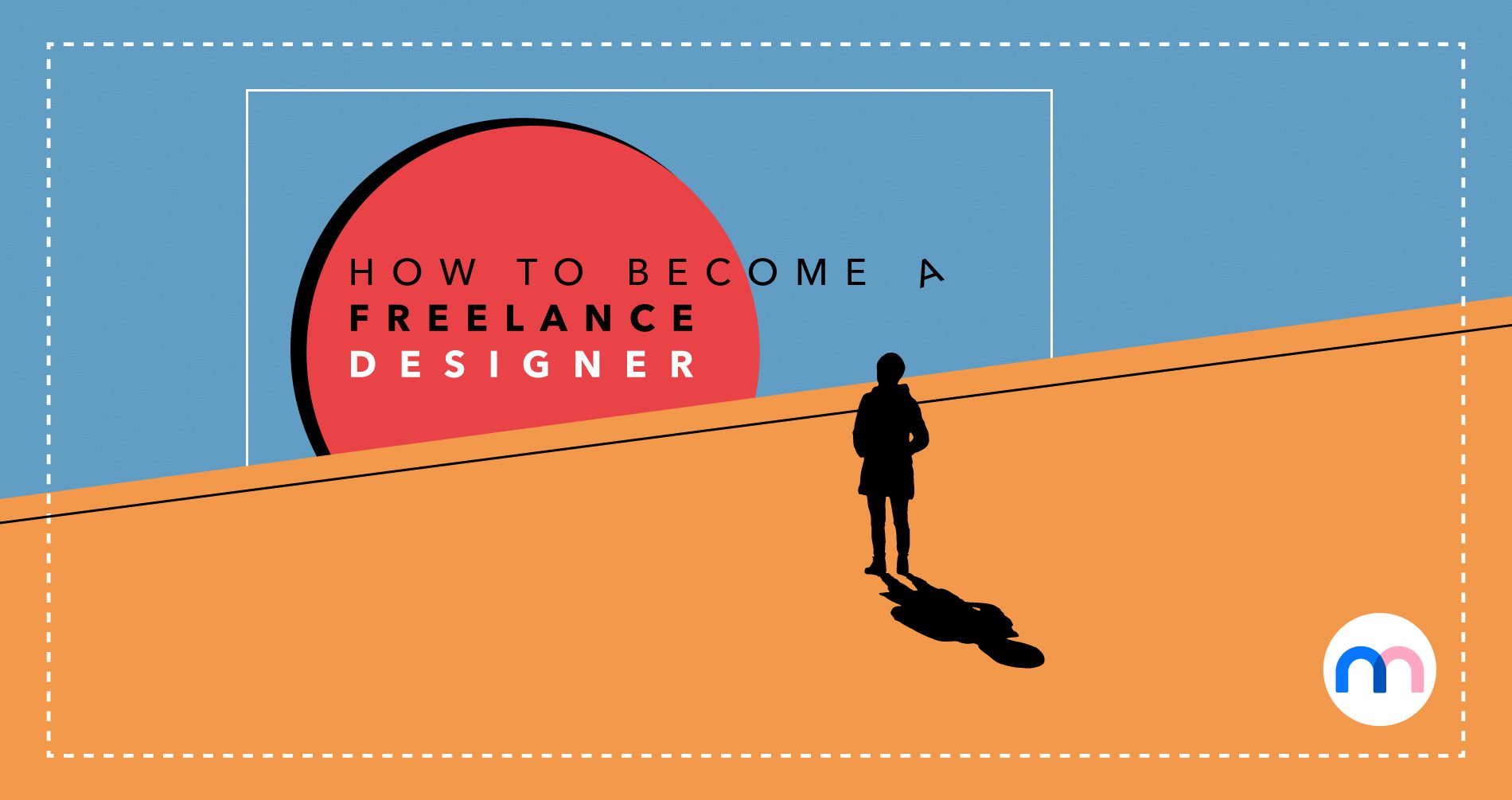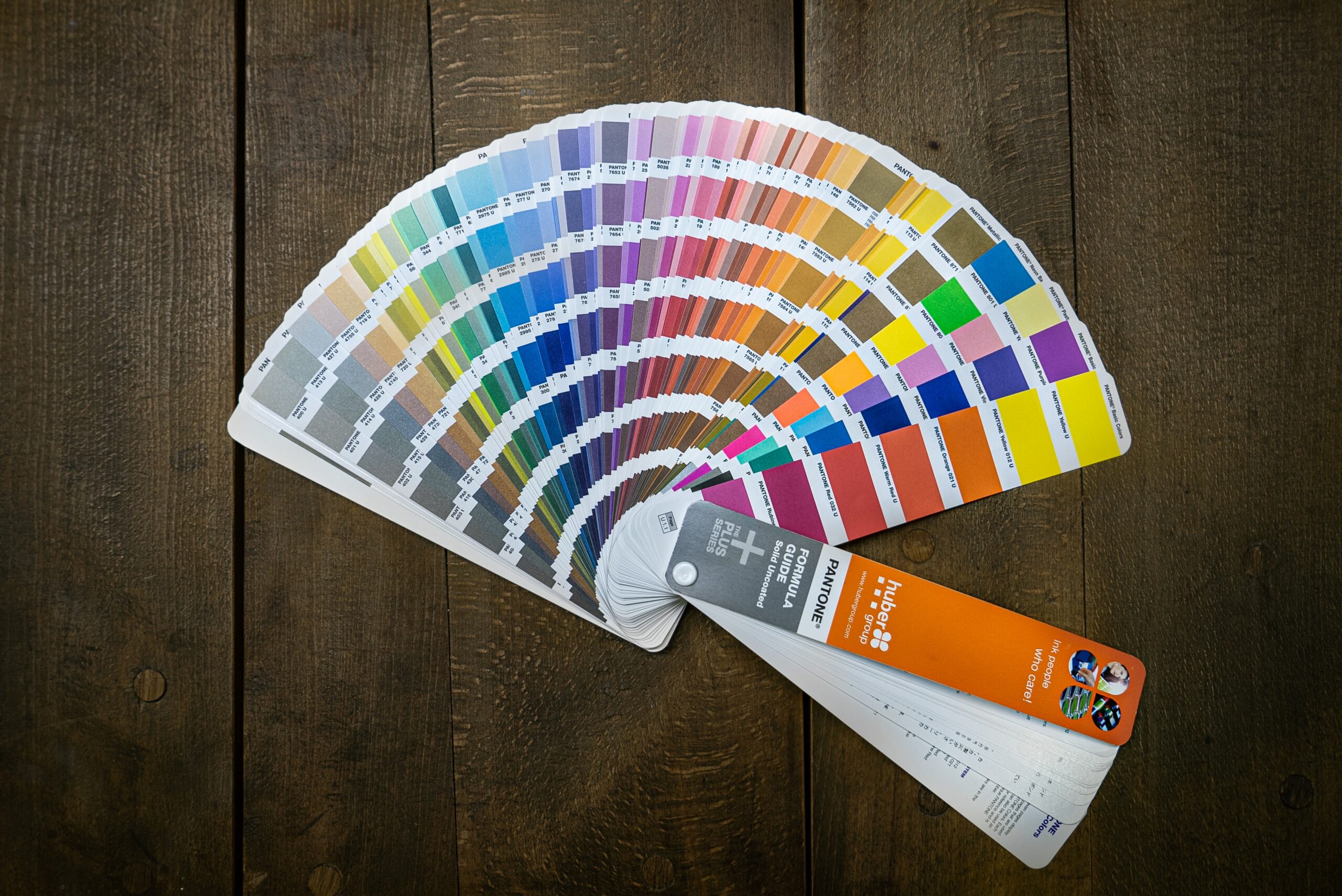10 Helpful Graphic Design Tips for Student Projects

This article will explore ten graphic design tips to help you succeed with your projects.
In a field driven by visual innovation, being resistant to change can leave you behind. In essence, what tips the scale is the ability to quickly adapt, enthusiastically experiment, and step beyond familiar grounds is what can set you apart in the ever-changing world of graphic design. These practices are not just about keeping pace with trends; they’re about evolving as a designer and continuously reinventing your creative approach.
1. Master Advanced Software Features for Your Design Projects
You’ve got to tango with stuff like scripting – yeah, it sounds nerdy, but this is where you make the software do your bidding, like a digital puppet master. Then there’s the wild world of 3D tools. It’s not just about making flat images anymore; it’s about building worlds that pop off the screen, making viewers feel like they can step right into your design.
And let’s not breeze past advanced compositing. This is where you become a wizard, blending and merging images in ways that mess with people’s heads. It’s like cooking a gourmet meal but with visuals – a pinch of this image, a dash of that texture, stir it up, and boom – you’ve got a feast for the eyes. So if in the future you want to work in a professional company that provides graphic design services, you should definitely hone your design skills.
2. Incorporate Mixed Media when Creating Graphics
Let’s talk about smashing together the old school with the new age. Mixing traditional art forms with digital design is like throwing a punk rock concert in an art museum. Here is what it looks like: you’ve got your digital canvas, all sleek and modern. But then, you start throwing in hand-drawn elements, like sketches that look like they’ve been ripped out of some artist’s secret notebook.
And textures, oh boy! It could be anything – grainy old paper, paint splatters, or even fabric scans. This isn’t just about making your design look pretty; it’s about giving it character and making it tell a story.
3. Narrative and Storytelling in Design
The thing with a strong narrative is that it sticks in people’s minds. You see, our brains love stories. We remember tales way better than just facts or figures. So, when your design tells a story, it means embedding a little piece of that story in the viewer’s brain. So go ahead, and weave those narratives into your designs. Make people feel something, make them remember. Because in the end, a design that tells a story is a design that’s worth remembering.
Writing, a skill fundamental to any professional and academic journey, becomes a crucial tool in storytelling. For the majority of modern students, navigating the complexities of academic writing is super hard. For example, this is where essay help services from Edubirdie can become invaluable because they offer guidance and support in honing writing skills. These services provide students with the tools to effectively communicate their ideas, an essential ability in both their education and future design careers.
4. Understand Print Production Process as a Design Student
Dive headfirst into the world of color separation. It’s like being a chemist but with colors. You’re breaking down those gorgeous designs into individual color components. Why? Because that’s how you get prints that pop off the page and slap you in the face with their vividness.
Plus, each type of paper gives your design a different personality. Glossy, matte, textured, heavyweight, lightweight – each one tells a different story. Choosing the right paper is like picking the right outfit for a first date; it sets the tone. For example, if you’re creating a design for a course that even a private A-level maths tutor suggests, consider selecting the paper type carefully to match the tone and style of the educational material.
Now, printing techniques – that’s where the rubber meets the road. You’ve got options like offset, digital, and screen printing, each with its own flavor. It’s like choosing your weapon in a duel. Each technique can make or break your design, so you better know them like the back of your hand. Then there’s the finishing process – the final flourish. Laminating, binding, cutting, folding – these are the details that transform a good print job into a great one.
5. Develop Branding Skills when Becoming a Graphic Designer
This is one of the underrated graphic design tips. Branding is about creating a whole identity, a persona that resonates across various media. Think of it like a character in a novel – consistent, compelling, and memorable.
You have to dive headfirst into the nitty-gritty of brand strategy. It’s not just design; it’s psychological warfare. You’re in the business of perception here. Every color, shape, and font you pick is part of a larger narrative you’re weaving. Your design isn’t just seen; it’s experienced. It tells a story, evokes emotions, and leaves a mark.
So yeah, getting a grip on the print production process and mastering the art of branding is like getting the keys to the kingdom. They’re what turn a good designer into a great one.

6. Practice Advanced Composition Techniques
Alright, let’s talk about jazzing up your designs with some composition techniques. You’ve got to get chummy with things like:
- the golden ratio
- rule of thirds
- dynamic symmetry.
It’s like learning the secret martial arts of design. These are the tools that help you craft designs that grab eyeballs and don’t let go. That’s what advanced composition techniques are all about. They help you balance your design elements in a way that’s not just pleasing to the eye, but downright hypnotic.
7. Explore Interactive Design Techniques
We’re talking web and app design that not only looks good but feels good to use. Interactive design is like a dance – it’s all about the give and take between the user and the design.
You’ve got to dive deep into user interaction patterns. It’s like being a psychologist, understanding what makes users tick, what frustrates them, and what makes them click. Creating responsive designs is an art. So, sharpen those skills, and get ready to make some digital magic.
8. Utilize Prototyping Tools for Graphic Design Students
We’re talking about Adobe XD, Sketch, Figma – the big guns. These are your ticket to creating interactive blueprints of the future.
Getting cozy with these tools is more than just making things look good. These prototyping tools let you breathe life into your designs. This is where your design moves from concept to reality. Prototyping tools basically transform your ideas into tangible, interactive prototypes. They let you test, tweak, and refine. It’s a cycle of creation and recreation, pushing your design closer and closer to perfection.
9. Environmental and Experiential Design
This is where you leave the comfort of your screens and start playing with the big, physical world. Think designing graphics for massive spaces, exhibitions, and installations – places where people can walk in, touch, feel, and experience your design in all its glory. You’re no longer just a designer; you’re an architect of experiences.
In environmental and experiential design, you’ve got to think big – literally. You’re working with physical spaces and every inch counts. It’s about understanding scale, dimension, and how people interact with space. It’s a design that you can step into, a design that surrounds you.
10. Advanced Color Management
This is the last of our graphic design tips, but what does it mean?
First up, you’ve got to tangle with different color profiles. It’s like speaking different dialects of the same language. RGB, CMYK, Pantone – each one’s got its own vibe, its own rules. You need to know which one to use and when, like picking the right gear for a car race.
Then there’s color calibration. The colors you see on your screen are the colors that come out in print or on any other medium. And let’s not forget about color consistency. This is crucial. Your design needs to look as good and as true on a billboard as it does on a smartphone screen.
Final Thoughts
In conclusion, these 10 helpful tips for student projects are your blueprint for navigating the exciting yet intricate world of graphic design. From understanding how to make images that captivate and engage, to mastering the essentials of graphics effectively, each tip is a stepping stone towards your success.
Remember, these graphic design tips are just the beginning. Your skills will evolve and grow as you do. By embracing good graphic design practices, you not only enhance your current projects, but also lay a solid foundation for your education. Remember, learning is ongoing; it’s a journey of continuous knowledge and exploration. So keep experimenting, keep learning, and keep creating.
Related articles
Visualize your design Use a product mockup to showcase your design

Create your design Use our templates to create delightful designs for any medium




